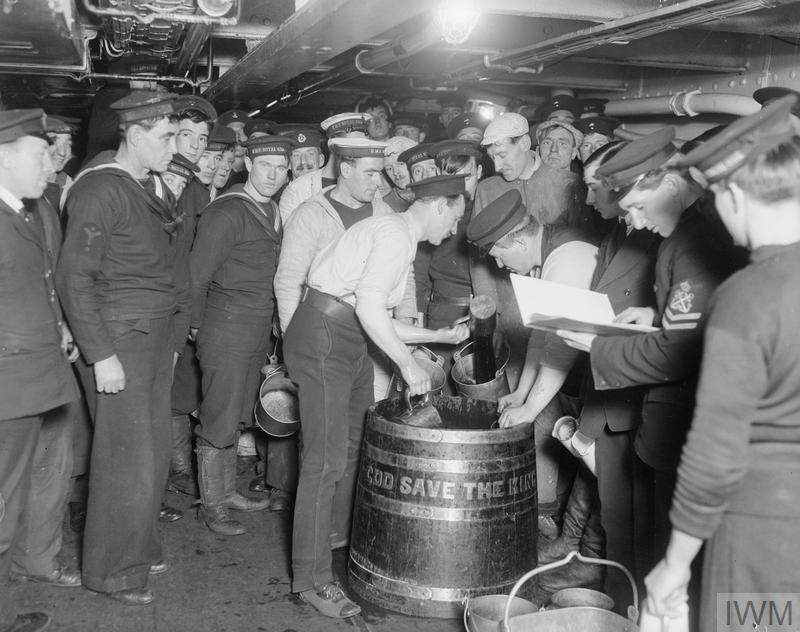Rum-arkable: Rare liquor issued to Royal Navy for daily tot tradition goes up for auction
These three flagons from the last-ever batch of dark rum issued by the British Ministry of Defence to its sailors are to go under the hammer at auction.
This incredibly rare lot is being sold by Dreweatts Fine & Rare Wine & Spirits and is set to go under the hammer on 8 December.
Up until the 1970s, sailors were entitled to a daily 'tot' of rum, with the tradition dying out as the dangers of drinking too much alcohol were more widely acknowledged.
- Black Tot Day: The end of the rum ration
- British military slang or phrases you need to know 3
- Gunfire: The history of the traditional Christmas Army drink
The day rum rationing stopped is now known as 'Black Tot Day' by sailors and every year it is commemorated to celebrate the tradition.
Auctioneer Mark Robertson said: "We are privileged to offer these rare flagons for sale in December.
"We have been told by multiple sources that the rum inside is delicious and a unique style that is impossible to replicate.
"Not much evidence survives about the rum's provenance before the 20th Century, but by the 1930s the lion's share came from British Guayana and Trinidad," he said.
The three flagons of dark rum up for sale were purchased directly from the MOD by the current owner in 1970, the year that the custom of rum rationing was halted.
Mr Robertson added: "For five centuries, British sailors gathered together from 11am-12pm for their 'Up Spirits', a serving of their allocated 'tot' of rum.

"The 'tot' consisted of an eighth of a pint and was more than 50% ABV (alcohol by volume).
"While regular sailors' rum was mixed with lime juice and hot water, officers were permitted to drink theirs neat.
"When the practice ended in 1970 many sailors regarded it as losing a favourite comrade on the ship and wore black armbands," he added.
It is thought some of the rum inside the three 4.5-litre flagons could be decades older, due to a system known as 'Solero', where younger and older batches of rum were continually blended as they aged in barrels over many years.









